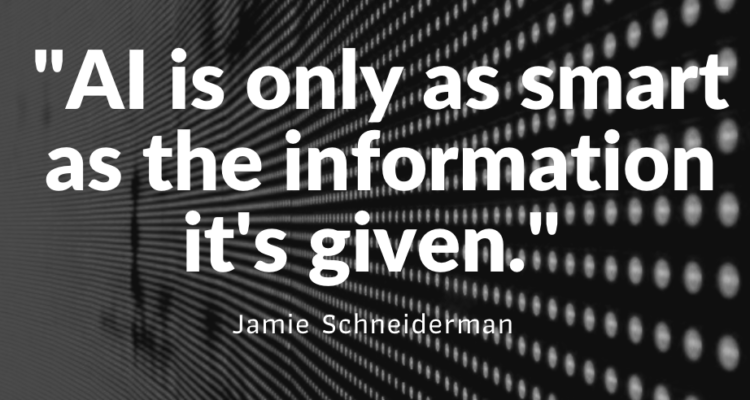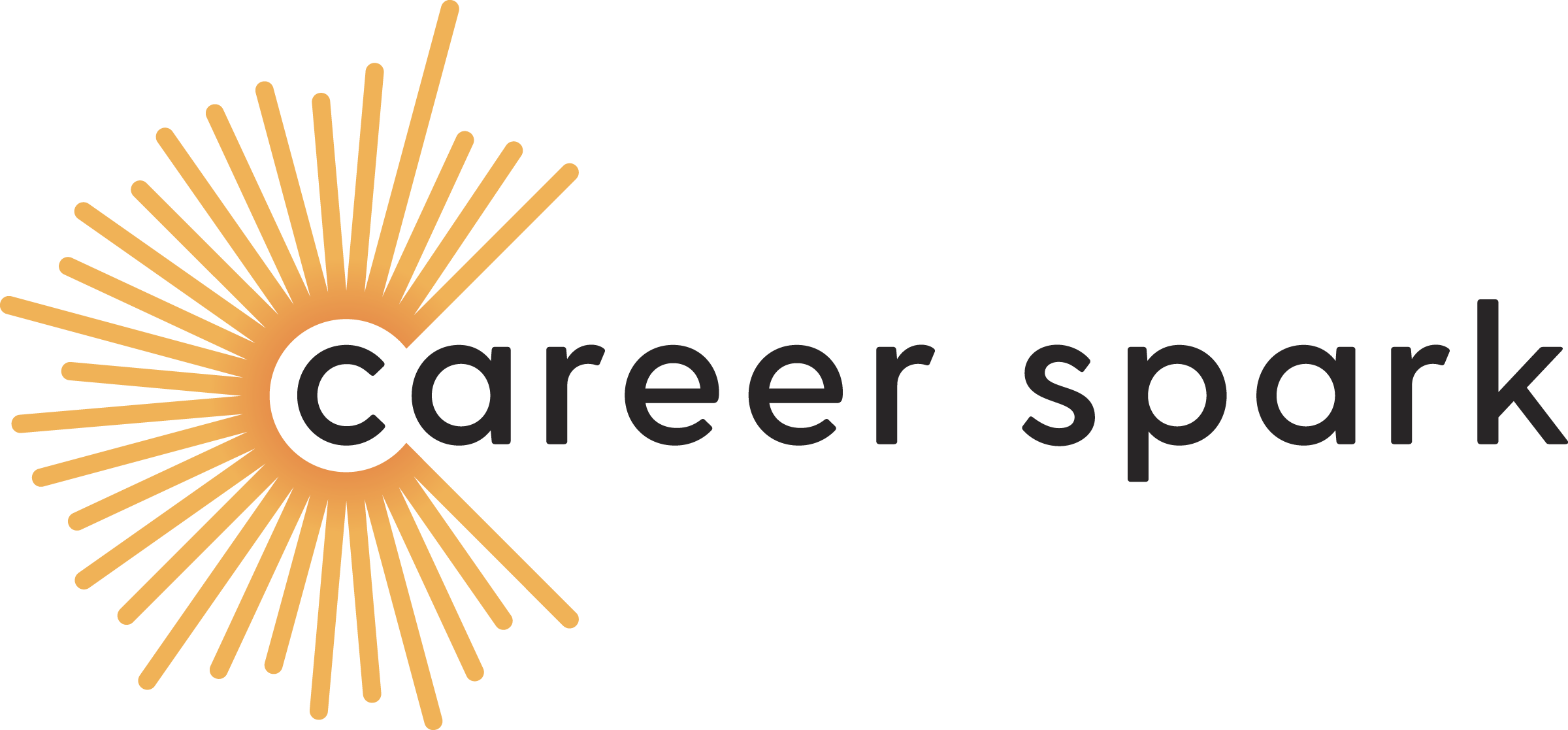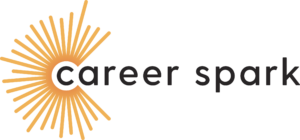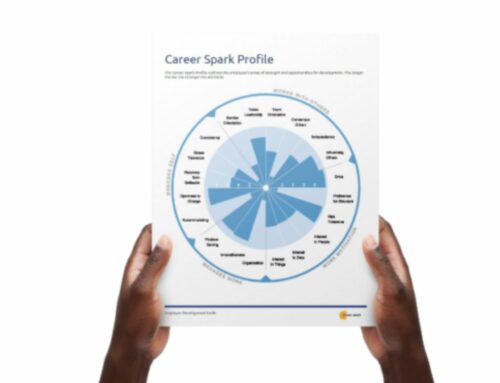How to train your AI

Jamie Schneiderman | September 09, 2019
I have many frustrations with the world of HR. It could (and should) be the most strategic part of any organization, focused on gaining the best leverage of the company’s most important asset (plus its largest expense line by far). But instead of being the place that focuses on strategically leveraging people, HR often becomes fixated on process improvements.
One area where this has become blatantly obvious is in the use of technology. Virtually all HR systems were created to manage processes more efficiently and the decision making around those systems centers on the idea of doing the same things that have always been done but faster and more easily. While the focus on efficiency is usually worthwhile, the returns pale in comparison to a focus on strategic leverage. Perhaps the one place where the potential for strategic gains from HR technology is most wasted is in the implementation of Artificial Intelligence (AI).
Now, first of all, AI is the most misused (and overused) term in the world of technology today.
Few capabilities should actually be classified as AI and may have components that make up actual AI. So what exactly is AI? It’s defined as follows:
Artificial intelligence (AI) is the simulation of human intelligence processes by machines, especially computer systems. These processes include learning (the acquisition of information and rules for using the information), reasoning (using rules to reach approximate or definite conclusions) and self-correction.
The part of the definition that I want to focus on is “the simulation of human intelligence”. Sounds great. But what if humans aren’t very intelligent as it relates to people decisions at work? Then what? If you’re simulating a lack of intelligence then all you’re really getting is the same set of bad decisions made faster and justified because of the use of artificial intelligence.
If you really want to use AI or some form of technology that can aid in decision making then it’s critically important that the technology is set up (or trained) to act like the best humans (or better) at that task. Let me share an example of a leader who thought she was doing all the right things to better leverage her people using AI.

This is the story of Cheryl, a newly appointed VP of Operations, brought in to turn around the results at a national chain that sells office products.
Cheryl’s mandate was to deliver a significant growth number – 20%! And, while it was clear that there was room for improvement, it would take a more creative and aggressive approach to move the needle to that degree.
Cheryl started by first analyzing the business to understand why some stores outperformed others. She removed some key location-based factors and discovered that the results were most impacted by store managers and their assistants. Some of the store managers had been moved around and had delivered strong results everywhere, whereas others had struggled regardless of location. This finding was key as it helped her to quickly formulate a plan to boost the quality of store managers and assistants. She reviewed the current programs focused around hiring, promoting, onboarding, training, coaching and engaging.
She revamped all of those programs and put a major focus on people. She got the organization on board and was excited about the potential for results. They invested in technology that leverages Artificial Intelligence to help utilize the data they had and speed up decision making.
Unfortunately, about 8 months in she analyzed the impact and the company was on pace to grow about a third of the rate she was expecting to deliver. She was out of clear solutions to her growth challenge and looking for some advice. That’s when we met.
A friend connected Cheryl to me and we set up some time to talk and review what she had done to see if there was anything else she could do. We got together and she walked me through her analysis and the plan she had. It was terrific and very logical. It covered a bunch of key areas and clearly was targeting the right opportunity area. Of course, as Cheryl said to me at the time “Thanks for the compliments but it isn’t working well enough and I don’t get paid in compliments.”
That’s when I explained to Cheryl that her plan was a good start but was missing some key elements that should really impact results. I showed her how all the areas she focused on made sense but clarified that the inputs were the issue. “You’re doing the right things but you’re not doing it the right way,” I told her. All of her areas of improvement missed one fundamental key:
‘Why are her best managers and assistant managers better than everyone else?’
She had certainly made some assumptions that seemed to make sense and she used information based on what people had done in the past to help inform the decision but that wasn’t going to cut it. Cheryl needed an objective approach. A way to analyze her best people to understand objectively why they are better than others and she would also need to consider another data set – ‘Who are her best people’. She obviously knew the list of them and what they had done but she didn’t know what made the best people tick to be able to replicate that capability when looking ahead at others.
“Ok, so what do we do about it?” Cheryl asked me in search of meaningful actions and not just words. So I explained the concept of Predictive Career Mobility and using your top people to define what success looks like using a holistic approach to data. To explain it in the simplest form, we used Predictive Career Mobility specific to Cheryl’s team with the following steps:
- We profiled her top performers by collecting the initial set of data she already had including the performance results and then added psychometrics to clearly define who these people were and what made them tick.
- The data was all carefully analyzed to define a benchmark for success for each role that was holistic and completely objective.
- We used that success benchmark going forward to, in essence, help Cheryl replicate her top performers for each of her roles.
Armed with the new data Cheryl fed the success benchmarks into the AI and then made sure to have all of the employees (and candidates) add in their psychometric information to their existing profile.
The results were shocking right from the outset.
First, she discovered that her best managers were actually very organized and structured. (That was the opposite of what they had thought before.) She also learned that previous retail experience, while important, was far less important than a solid understanding of the company’s products. Over the next 12 months, Cheryl rolled the new learnings into their systems and even changed the way they described the roles internally and externally to attract people who would be best suited for them.
The AI they had implemented served to speed up and streamline processes, but only began to actually be effective in doing this once Cheryl was able to feed it the right information, from the right source (her top performers). The company saw a 32% increase in sales during that time and, needless to say, Cheryl was pretty happy.
How to Train Your AI Key Points
- Unfortunately, AI is only as good as the information it is fed so if you’re using the wrong information, then the results from your AI also won’t be very good
- It is important to think of AI as a tool that can crunch the right data faster and improve how it is used in your business.
- Before implementing any AI, people decisions must be made on the right sources of information to ensure the strongest talent is obtained/retained.
- Your best people are typically the best source of that information
- Only then should you layer in your AI so that you can be confident that your AI is going to be trained and ‘fed’ correctly
 Jamie Schneiderman
Jamie Schneiderman
Our Mission: Getting everyone in their right jobs to drive success at work.
Interested in connecting? Send me a note via email or connect with me on LinkedIn













